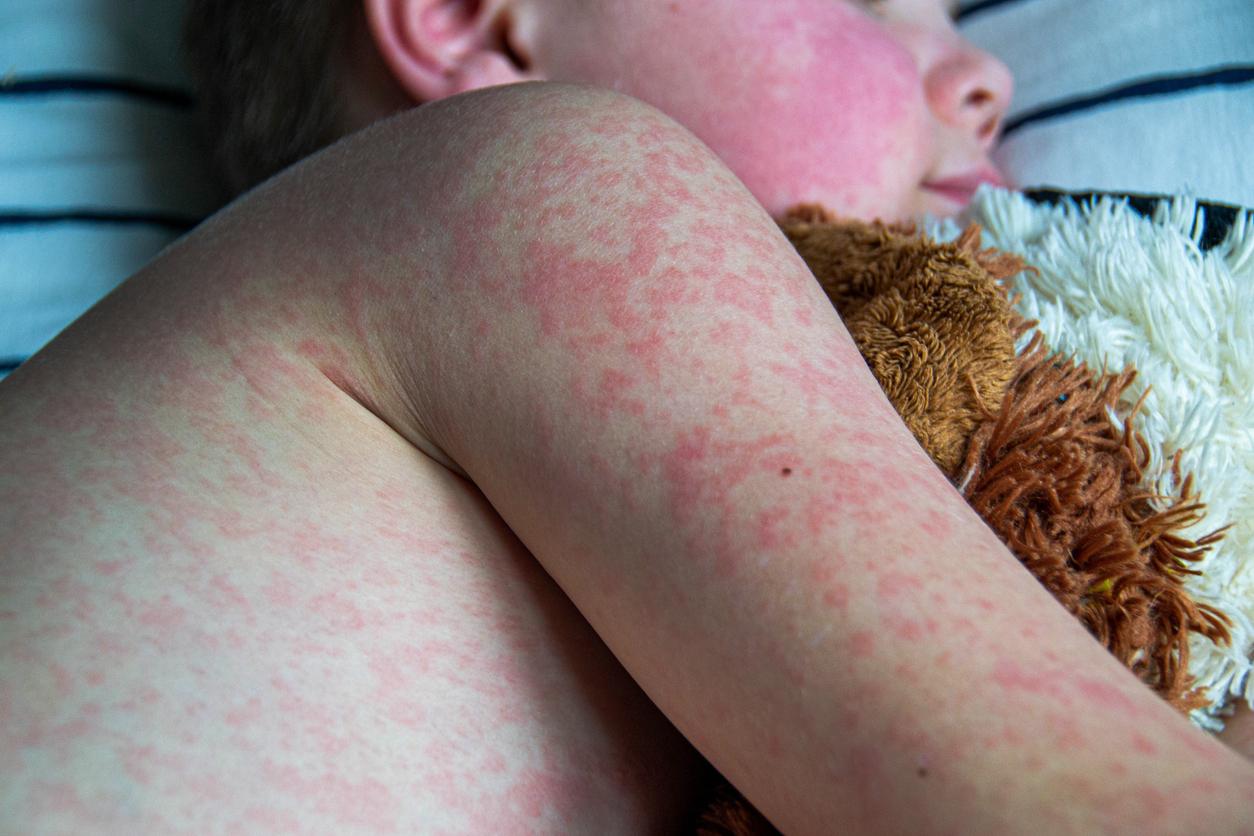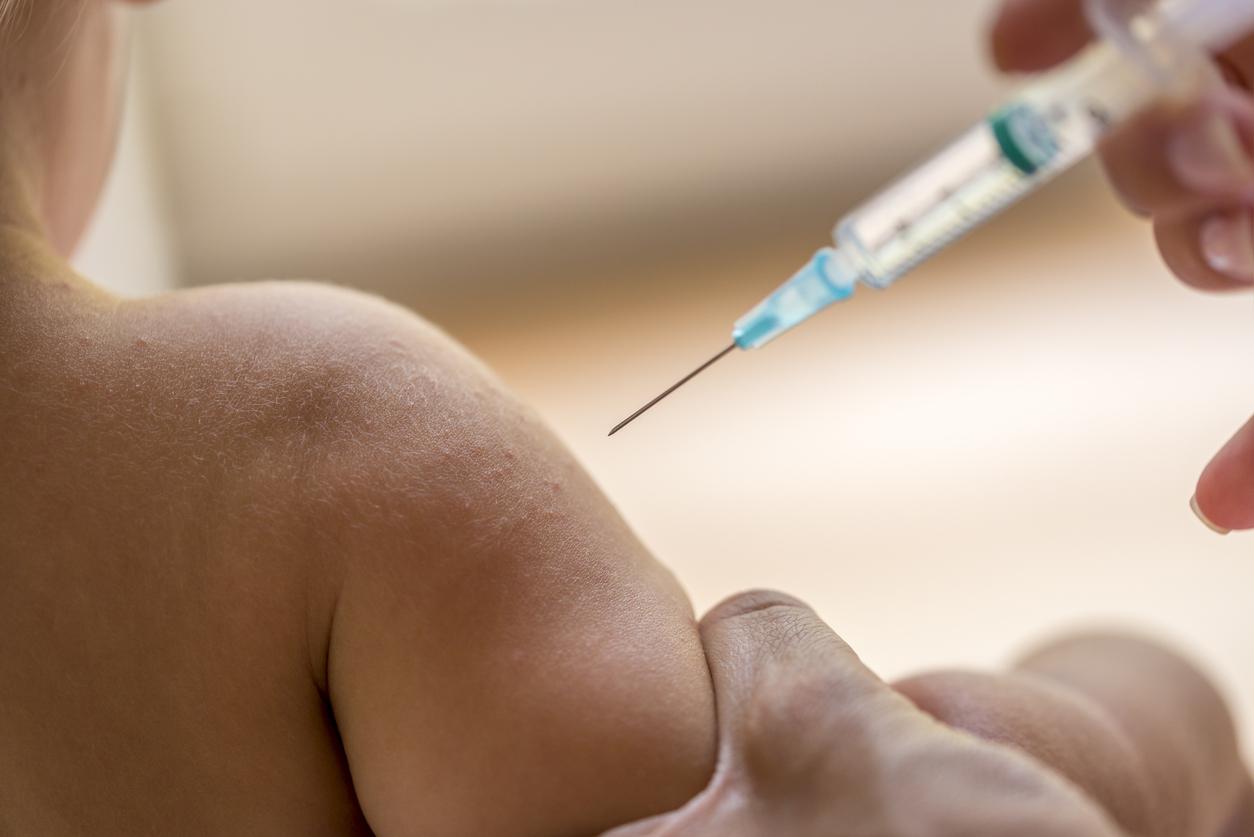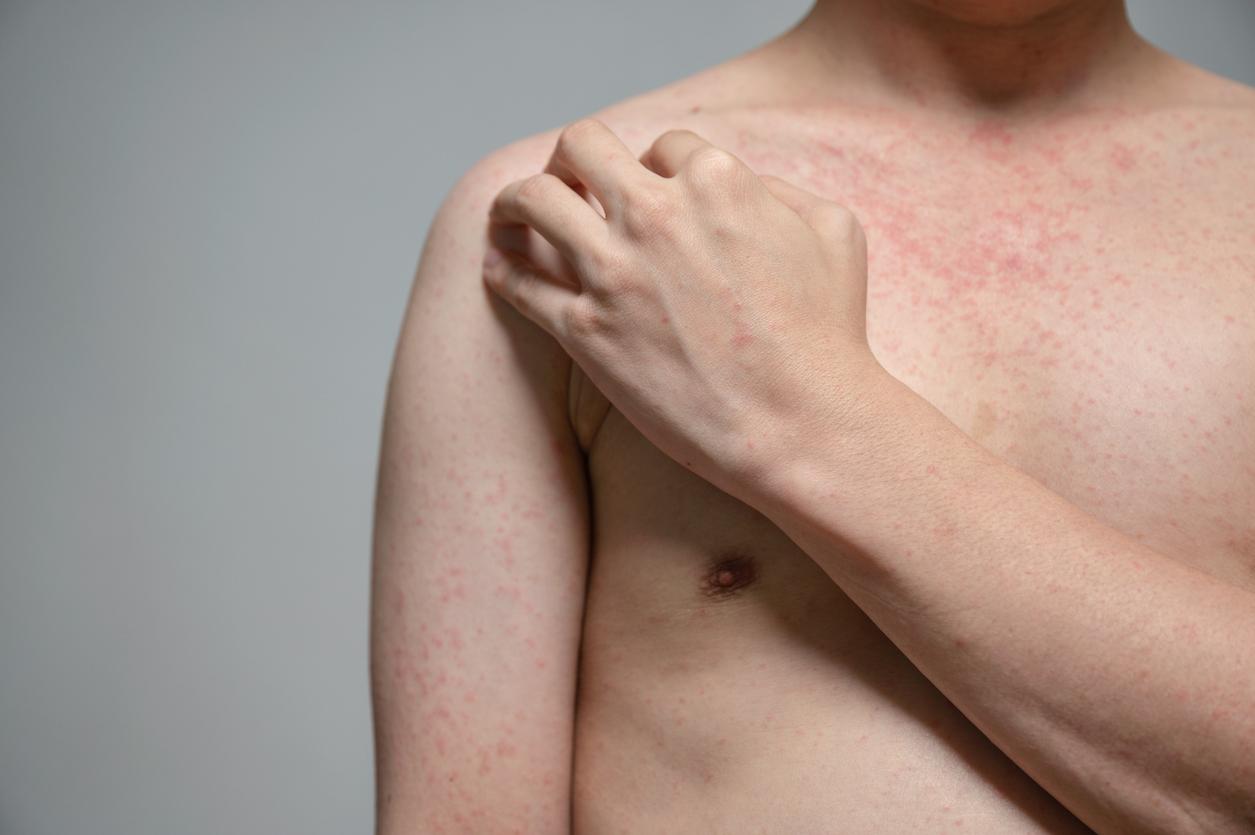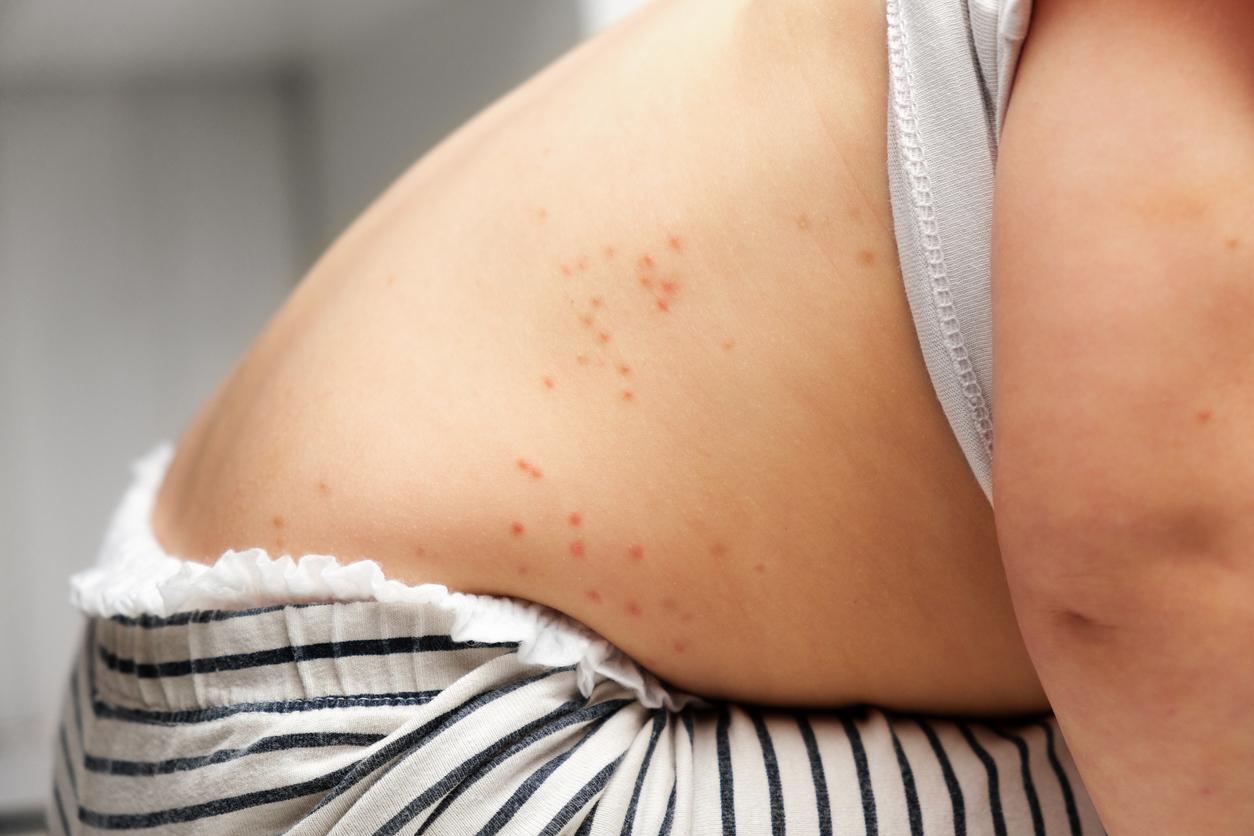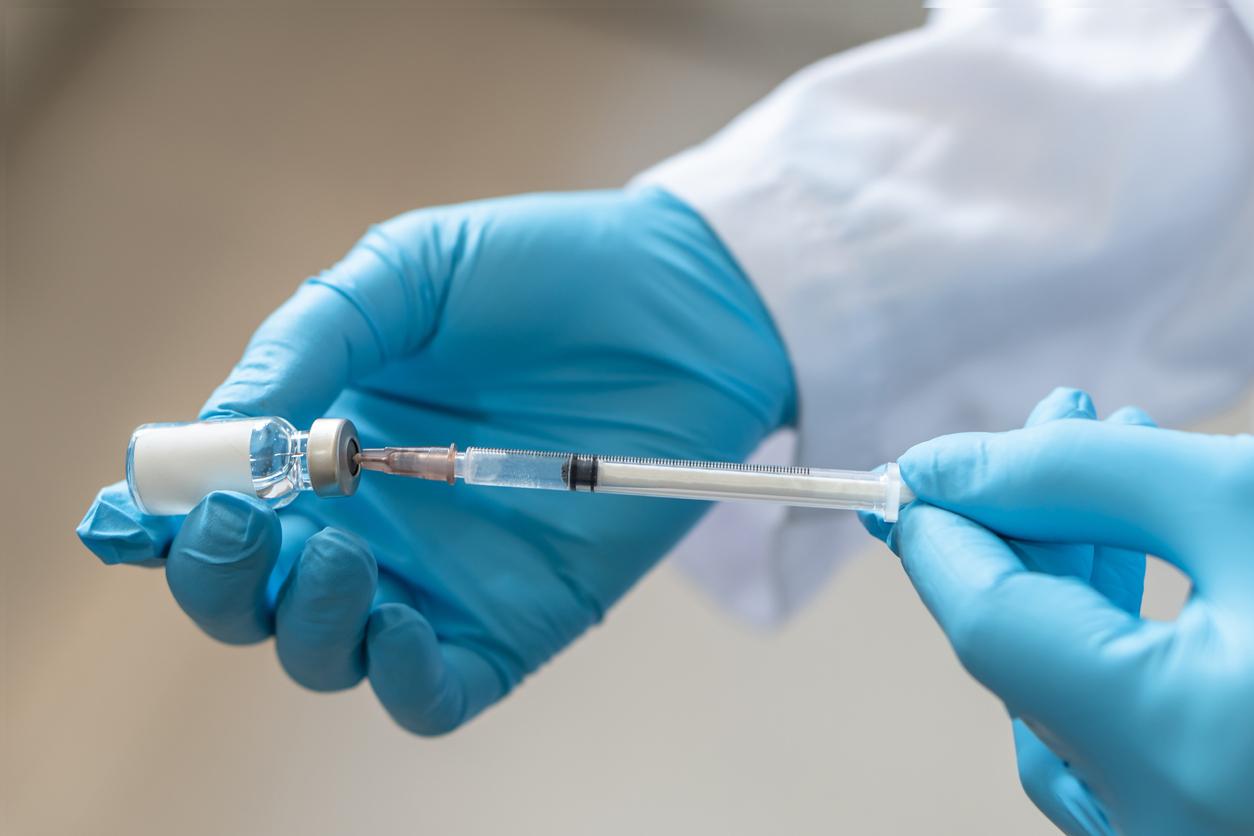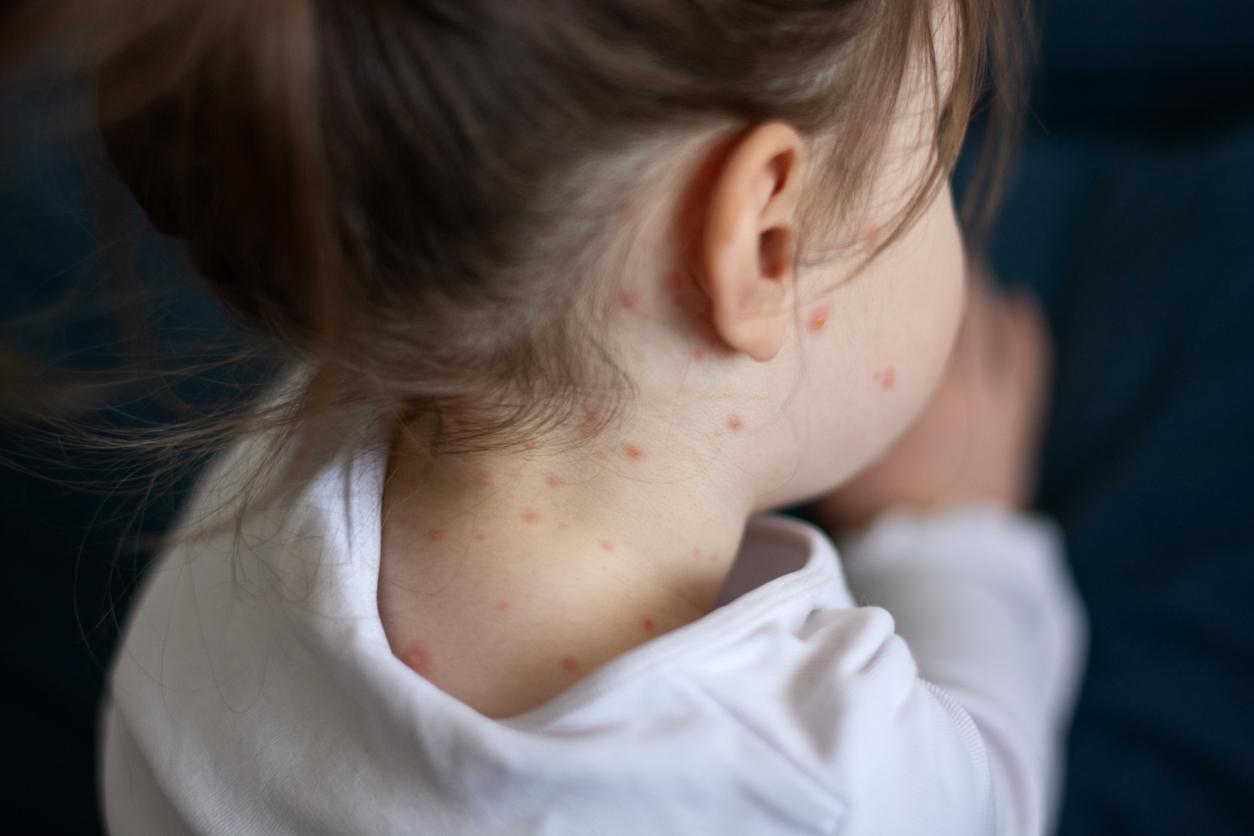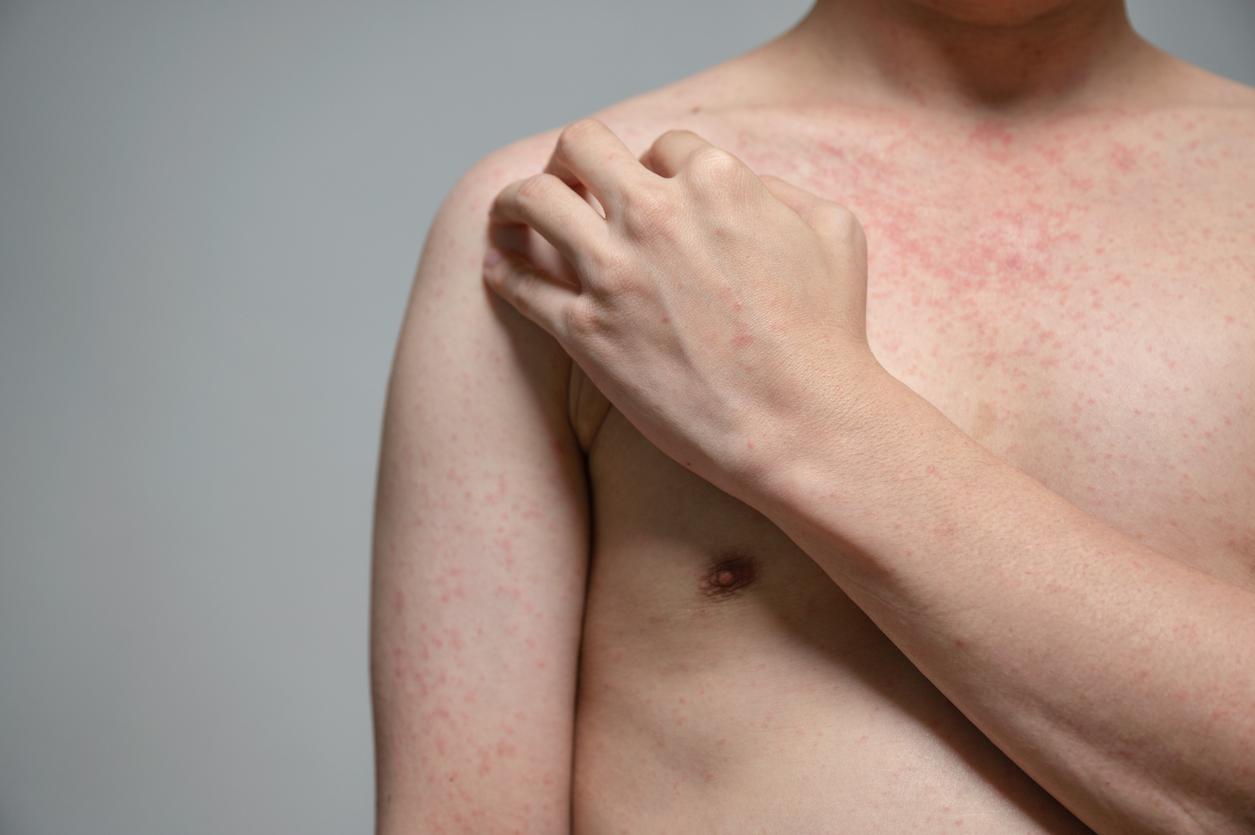All it took was one unvaccinated person. In 2013, New York had its biggest measles epidemic in 20 years, while the disease had disappeared from the country since 2000. A study published on July 30 in the scientific journal JAMA Pediatrics returned to the human and financial consequences as well as the origin of this contamination.
Patient zero is a student who in 2013 returned from London where he was studying to visit his family in the Big Apple. He belongs to the Orthodox Jewish community, in which few people are vaccinated. Quickly, his entourage is contaminated, just like the places he visits.
58 infected people including 45 unvaccinated
The study shows that between March 13 and June 9, no less than 3,351 people were in contact with the virus, 66% of whom had received two doses of vaccine against the disease. A total of 58 people contract measles. Among them, 45 had refused the vaccination. In the United States, vaccination is recommended from one year of age but it is not compulsory (except to enroll in certain schools). It can be refused for medical or religious reasons.
Measles is a very contagious disease, which is transmitted by the projection of droplets of saliva. A person can infect 15 to 20 others, even before they develop symptoms. In New York that year, the epidemic led to a case of complication by pneumonia and a miscarriage in a pregnant woman.
The balance sheet was also very heavy on the financial plan, according to the study, the management of the epidemic cost nearly 400,000 dollars to the community, or approximately 345,000 euros. Indeed, the epidemic mobilized a large number of health professionals who devoted 10,054 hours of work to control it.
Read also :
Measles: death of a 17-year-old girl in Bordeaux
Australia: bimonthly fine against parents who do not vaccinate their child
The vaccine remains the only protection against the measles epidemic








